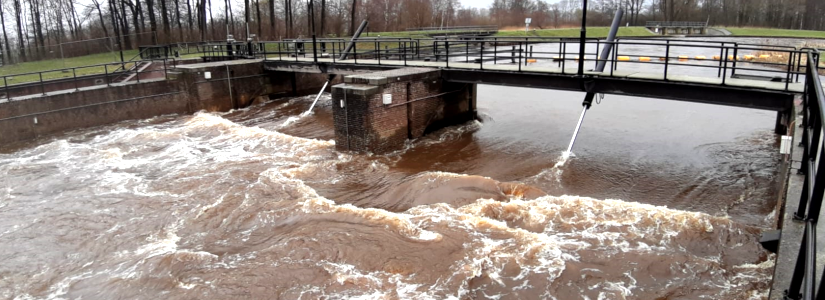Water management
Because the Netherlands is a flat country and is largely below sea level, we have to make an increasing effort to keep our feet dry. At the same time, we must be economical with the water we have. We try to retain the water for as long as possible and if drainage is necessary, we want to do so with as little effort as possible. However, safety must always be guaranteed. This way of water management is a constant challenge, in which inclusion of social interests plays an increasingly important role.
Hydrological models
In order to manage the water in a responsible manner, it is important not only to gain insight into the current situation, but also to gain insight into the expected situation and the future. We want to know exactly how the water moves through our rivers, canals and waterways in order to use every m3 as smartly as possible. Models use the measurement data to develop scenarios about the expected situation. Meteorological data are also included in these models.
Calculate water flow
It is possible to calculate the water discharge (the flow rate). Several methods and tools are available for this. For clarity, we refer to the “Manual for measuring flow in open waterways (in Dutch)”.

Measuring stowage
Measuring weirs are still widely used for calculating discharge. The flow rate is calculated based on the valve position and overflow. These weirs are often removed as a result of redevelopment and for fish migration, among other things. It has also been found that, especially during peak discharges, the determination of the flow rate with the aid of a driving formula is not accurate enough. Especially when a weir is fully under water. This makes it necessary to measure the flow in a different way.
Measure flow velocity
Measuring flow velocities and flows of surface water is possible in various ways. Together with our customers, we look for the most suitable and appropriate solution and can, for example, offer the following techniques:
- Side lookers, sensors mounted underwater near the shore;
- Up lookers, sensors mounted on the bottom;
- Surface Velocity Radar, sensor that measures the flow velocity on the surface without contact above water;
- Time-Travel systems, a system that determines the flow speed by means of a measuring cross;
- Systems mounted in or on a pipe to measure the flow rate in the pipe.




